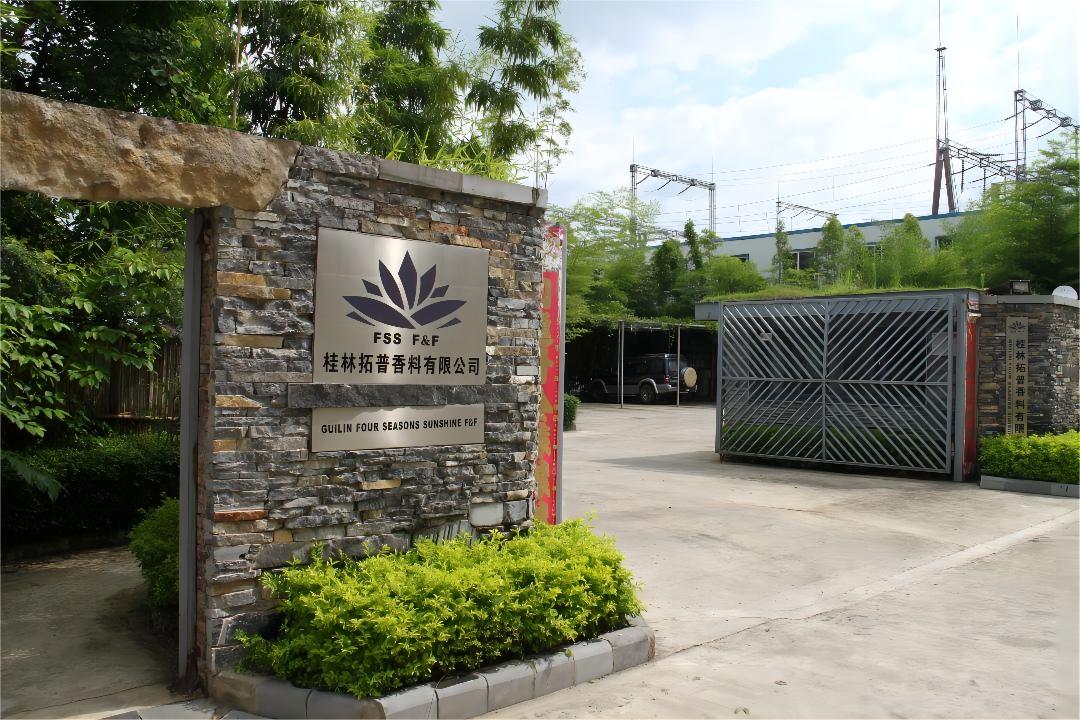
Honeysuckle, also known as Lonicera (scientific name: Lonicera japonica). The name “honeysuckle” comes from the “Compendium of Materia Medica”. It is named because the honeysuckle flower blooms white at first and then turns yellow.
Honeysuckle blooms in March, with five flowers, slightly fragrant, and reddish pedicles. The flowers are white when they first bloom, and turn yellow after one or two days, so it is named honeysuckle. And because there are two flowers on one pedicle, the two stamens stick out, they are in pairs, inseparable, like a male and female accompanying each other, and like a mandarin duck dancing to each other, so it is called the mandarin duck vine.
Medicinal characteristics
Honeysuckle has a long history of medicinal use. Honeysuckle tastes sweet and bitter, and is cold in nature. It is a medicine for clearing away heat and detoxifying. It can not only dispel wind-heat, but also be good at detoxifying blood. Traditional Chinese medicine and Zhuang medicine are often used to treat the onset of various febrile and venereal diseases, febrile diseases, sores, swelling and poison, and diarrhea due to heat poisoning. Modern research has proven that the main components of honeysuckle contain luteolin, inositol, saponin, and chlorogenic acid.
The Origin of Guangxi Honeysuckle
Honeysuckle is one of Guangxi’s unique resources and has been cultivated for hundreds of years. According to the Records of Xincheng during the Qingli period of the Song Dynasty (1041-1048), honeysuckle was abundant in Beigeng, Suiyi, and Chengguan Shishan Mountains. People used it as medicine to quench thirst and relieve summer heat miasma. According to records, from the establishment of Zhizhou in the Tang Dynasty to the end of the Qing Dynasty, when county officials of all dynasties paid tribute to the provincial princes and princes with exquisite handicrafts from Xincheng, they all distributed the special products “Three Treasures”, namely: honeysuckle from Chengguan Town, yellow smoke from Fan Tuan, and ancient peng. Because of Polygonatum sibiricum, there is a saying of “Gongbi Three Treasures”.


plant, natural
Gentle conditioning
Use in various combinations
Natural extraction

- 01 Skin care
Can be used with skin care products to moisturize, remove freckles and delay aging. - 02 Foot soak
Antibacterial, soothing, fatigue-relieving, odor-removing and other effects. - 03 Massage
Mixed with base oil, you can perform simple massage on the abdomen, buttocks, thighs, head, hands, feet and other parts at home. - 04 Incense method
Enhance memory or improve spirit, regulate emotions and mental state, and have good effects on insomnia, anxiety, stress, irritability, depression, headaches, etc. - 05 Purify the air
Remove pollutants in the air, purify the air, improve air quality, and avoid infection and germs.


